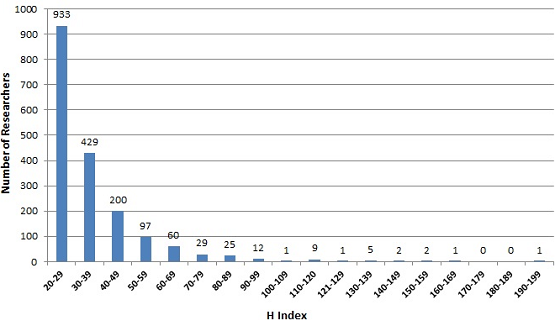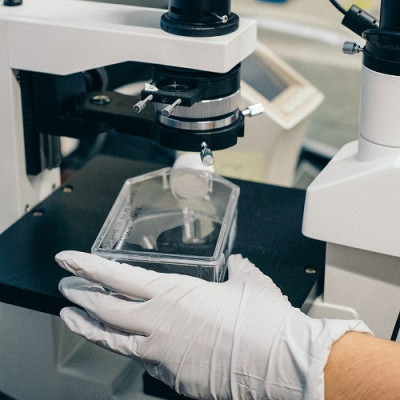The Webometrics Ranking of World Universities, which issues reports on the world’s university rankings, has released a list of 1808 leading researchers active in nanotechnology by collecting data from the Google Scholar database. On this list, the researchers have been ranked based on their h-index and the number of citations until November 2017.
The following table illustrates the top ten distinguished researchers with their h-index and citations; Zhong Lin Wang from the Georgia Institute of Technology having an h-index of 199 and 161538 citations has ranked first on the list; Hongjie Dai from Stanford University with those of 170 and 159020, and Chad Mirkin from Northwestern University with those of 157 and 12231, have ranked second and third on the list, respectively. The most highly cited articles of Zhong Lin Wang have studied piezotronics and nanogenerators, while those of Hongjie Dai have investigated the application of carbon nanotubes as conductive wires, and for Chad Mirkin these articles have been dedicated to the field of nanolithography.
According to the list at hand, all the researchers ranked from first to tenth have American affiliations; in other words, the top ten researchers in terms of h-index and citations are from the United States.
The statistical analysis of the institutes and universities, in which these prominent researchers work, reveals that the Catalan Institute of Nanoscience and Nanotechnology with 16 researchers, Rice University with 14 researchers, and National Center for Nanoscience and Technology with 13 researchers have taken the top three spots on the list, respectively. Stanford University, Purdue University, the University of Twente, and the Technical University of Denmark have ranked in the next places, in the mentioned order.
|
Rank |
Name |
University |
Field |
H-Index |
Citations |
|
1 |
Georgia Institute of Technology; Beijing Institute of Nanoenergy and Nanosystems |
- Nanoscience |
199 |
161538 |
|
|
2 |
Stanford University |
- Chemistry |
170 |
159020 |
|
|
3 |
Northwestern University |
- Nanotechnology |
157 |
122318 |
|
|
4 |
University of Texas Austin |
- Biomaterial |
151 |
104628 |
|
|
5 |
Rice University |
- Materials Science |
148 |
127550 |
|
|
6 |
University of California Berkeley |
- Physic |
141 |
113721 |
|
|
7 |
University of Notre Dame |
- Physical chemistry |
138 |
71206 |
|
|
8 |
IBM Thomas J Watson Research Center |
- Nanoscience |
137 |
85033 |
|
|
9 |
University of Colorado Boulder |
- Physics |
133 |
85157 |
|
|
10 |
Rice University |
- Biomaterials |
132 |
63877 |
The following bar chart, which has been plotted using the statistical analysis of the h-index for these 1808 leading researchers, indicates that 933 researchers have the h-index between 20 and 29, while for 429 of them the h-index varies between 30 and 39. Accordingly, 1562 researchers have the h-index less than 50.

Based on the statistical analysis of citations, 1100 of these researchers have between 4000 to 5000 citations, while the number of citations for 330 of them is between 8000 to 9000.
It is worth mentioning that the number of citations and h-index are closely related for each single researcher; in the vast majority of cases on this list, the greater the number of citations, the higher the h-index. It should be noted that the number of citations and h-index are not the only indicators in this regard, and other indicators can also be taken into consideration. Since the Google Scholar database is far from being comprehensive, some researchers may be missing on the list.
